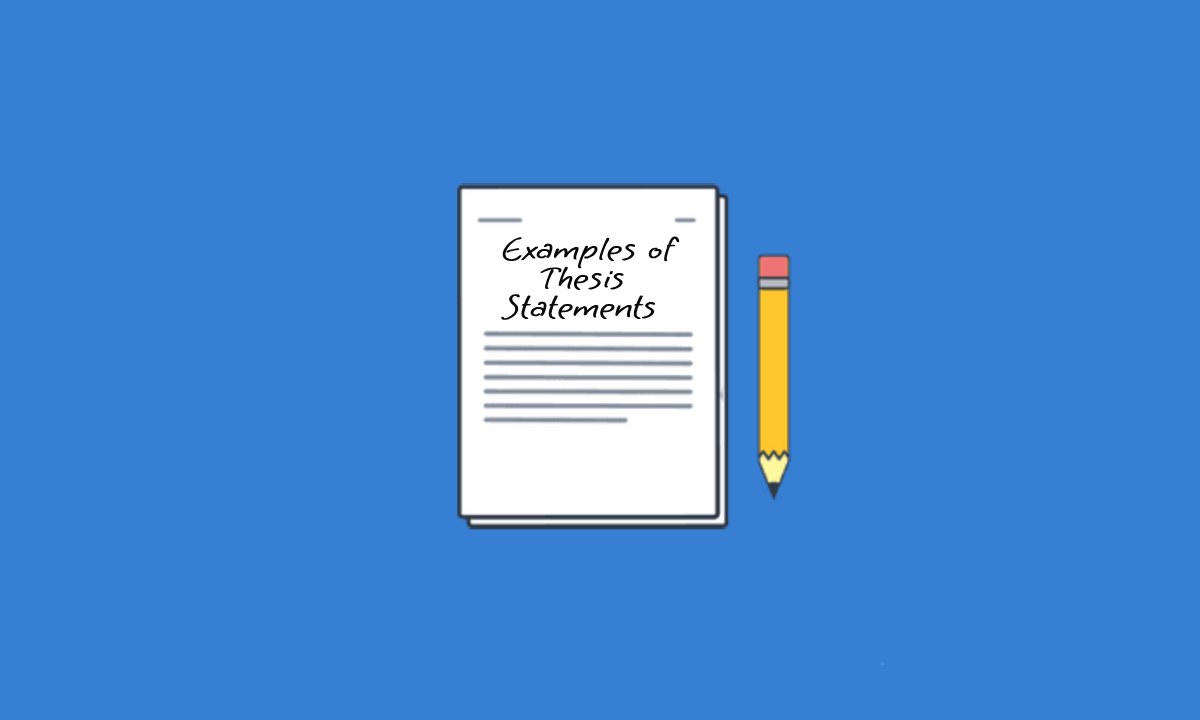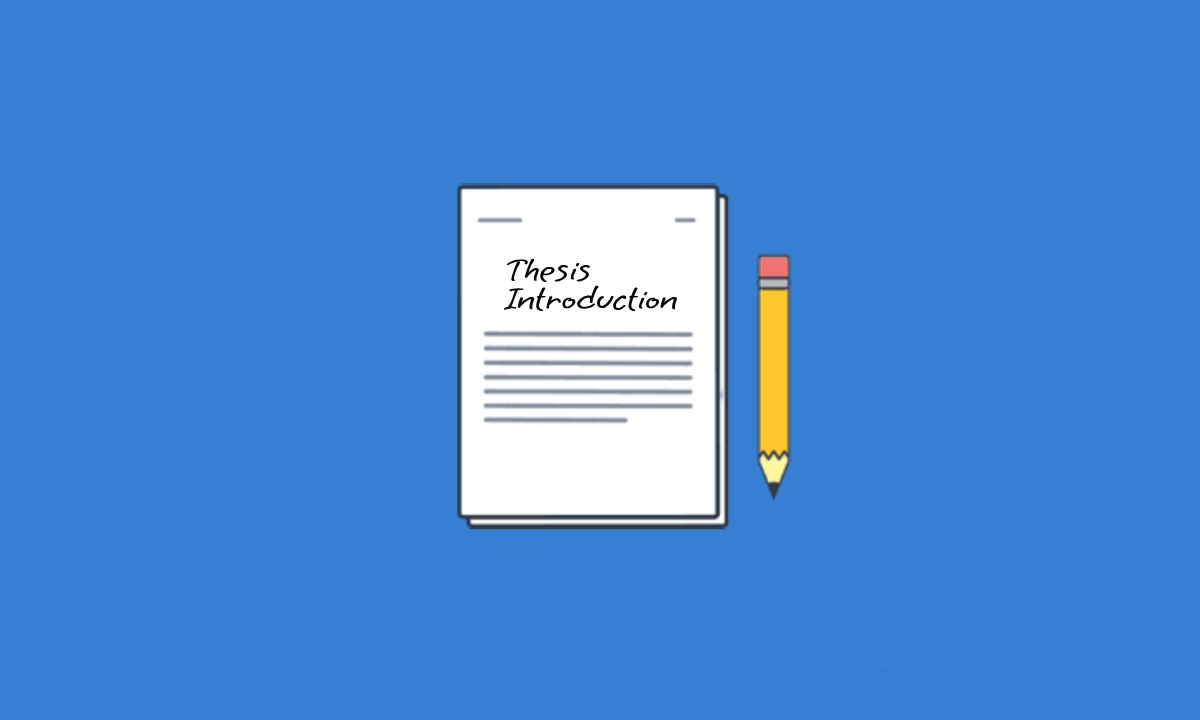Footnotes Meaning:
A footnote is a note placed at the bottom of a page in a document, used to provide additional information, clarification, or references. Footnotes are typically numbered and correspond to a superscript number within the main text, allowing the reader to access relevant details or citations without interrupting the flow of the writing.
Footnotes Format:
The format of footnotes varies depending on the style guide you’re following. Below are the common formats for the most widely used citation styles:
1. Chicago Manual of Style (CMS)
Format: Full citation in the first footnote; shortened citation for subsequent references.
Structure for Books: ¹ Author’s First and Last Name, Title of Book (Place of Publication: Publisher, Year), Page Number.
Subsequent citations: ² Last Name, Shortened Title, Page Number.
Example: ¹ William James, The History of Revolutions (New York: Penguin, 2020), 45.
² Smith, The History of Revolutions, 47.
2. Modern Language Association (MLA)
Format: MLA typically uses in-text citations, but footnotes may be used for additional comments or explanations, not source citations.
Structure for Explanatory Footnotes: ¹ Explanation or comment relevant to the text.
Example: ¹ For further discussion, see George Henry, “The Role of Economy in Revolutions,” Historical Journal 12 (2020): 55–62.
3. American Psychological Association (APA)
Format: APA uses in-text citations for sources. Footnotes are used for additional comments or explanations, not citations.
Structure for Explanatory Footnotes: ¹ Explanation or comment relevant to the text.
Example: ¹ For a detailed review of this method, see Johnson et al. (2020).
4. Oxford Style (OSCOLA for Legal Studies)
Format: Oxford style uses footnotes to cite legal sources such as cases, statutes, or legal articles.
Structure for Cases: ¹ Case Name [Year] Report Citation.
Structure for Statutes: ² Title of Act Year, section number (if applicable).
Example: ¹ Smith v Jones [2020] AC 123.
² Data Protection Act 1998, s 12.
5. Institute of Electrical and Electronics Engineers (IEEE)
Format: IEEE uses numerical references in-text for sources. Footnotes are typically for additional explanations or commentary.
Structure for Explanatory Footnotes: ¹ Explanation or comment relevant to the text.
Example: ¹ For further reading, refer to the extensive literature on this topic.
Footnote Formatting Guidelines:
- Footnotes appear at the bottom of the page, each with a corresponding superscript number in the text.
- Footnote numbers should be placed after punctuation marks (e.g., periods, commas) and outside quotation marks.
- The first line of each footnote is indented, and the subsequent lines are flush with the left margin.
Footnotes Purpose:
Footnotes serve several important purposes in academic and professional writing. Here are the primary functions:
1. Citing Sources
Footnotes provide detailed references for the sources you use in your writing. This allows readers to verify information, access the original source, and avoid plagiarism.
2. Providing Additional Information
Footnotes can be used to include supplementary material that is relevant but might disrupt the flow of the main text. This includes extra explanations, clarifications, or further readings.
3. Commentary and Elaboration
Footnotes allow the author to include personal commentary, cross-references, or elaboration on an argument without interrupting the main narrative or cluttering the text.
4. Acknowledging Multiple Sources
If multiple sources contribute to a single point, footnotes allow the author to cite all relevant works in one place.
5. Directing to Additional Resources
Footnotes can point readers to related works, such as articles, books, or websites, for further reading on the topic.
6. Clarifying Data or Statistics
When data or statistics are used, footnotes can clarify their source or methodology, ensuring transparency and accuracy.
How To Write Footnotes?
Below is a guide on how to write footnotes effectively:
1. Placement of Footnotes
- Place the footnote number after the punctuation at the end of a sentence or clause in the main text.
- The footnote itself appears at the bottom of the page, separated from the main text by a line.
2. Numbering Footnotes
- Number footnotes consecutively throughout your document using superscript numbers.
- In some styles, you may use symbols (e.g., *, †) for a small number of notes.
3. Content of Footnotes
- Citations: Include full bibliographic details (e.g., author, title, publisher, year) if you’re citing a source for the first time. Subsequent citations can be shortened (e.g., author’s last name, shortened title).
- Additional Information: Provide extra details or explanations that are too lengthy or distracting to include in the main text.
4. Common Abbreviations
- Ibid.: Refers to the same source as the previous footnote (used when the same reference is repeated).
- Op. cit.: Refers to a previously cited work but with intervening references.
5. Example of a Footnote
- Main text: “The development of modern art was influenced by a variety of factors.^1”
- Footnote: Gilbert Lewis, History of Art (New York: Random House, 2010), 23.
How To Insert Footnotes in MS Word?
Adding footnotes in Microsoft Word is simple and can be done in just a few steps. Here’s how to do it:
Steps to Add Footnotes in MS Word:
Place Your Cursor:
- Click in the text where you want the footnote number to appear (usually after punctuation).
Insert Footnote:
Go to the References tab in the Word ribbon.
- Click Insert Footnote (this will automatically add a superscript number in the text and create a footnote area at the bottom of the page).
Type Your Footnote:
- In the footnote area, you can now type your citation, comment, or explanation.
- The footnote will be automatically numbered, and Word will keep track of the numbering for you.
Repeat for Additional Footnotes:
Every time you need another footnote, repeat the steps above. Word will automatically renumber them.
Footnotes vs Endnotes:
Footnotes and Endnotes are both methods of providing additional information, citations, or comments in a text, but they differ in their placement and usage:
- Footnotes are placed at the bottom of the same page as the reference, while endnotes are located at the end of a chapter, section, or document.
- Footnotes are immediately accessible as they appear on the same page, whereas endnotes require the reader to flip to the end of the text.
- Footnotes may disrupt the flow of the text visually, while endnotes keep the main body of the text cleaner and uninterrupted.
- Footnotes are often used for brief references or explanations, while endnotes are better suited for longer comments or detailed citations.
- Footnotes are more convenient for quick reference, but endnotes are preferred when minimizing distractions on the page.



